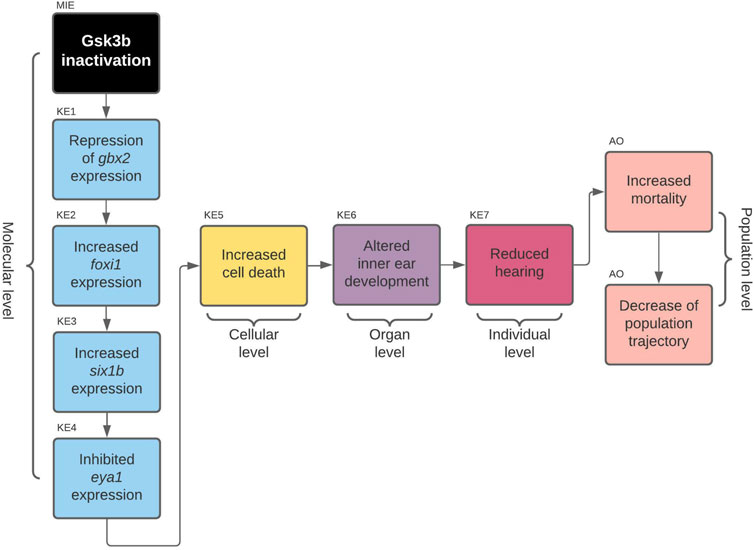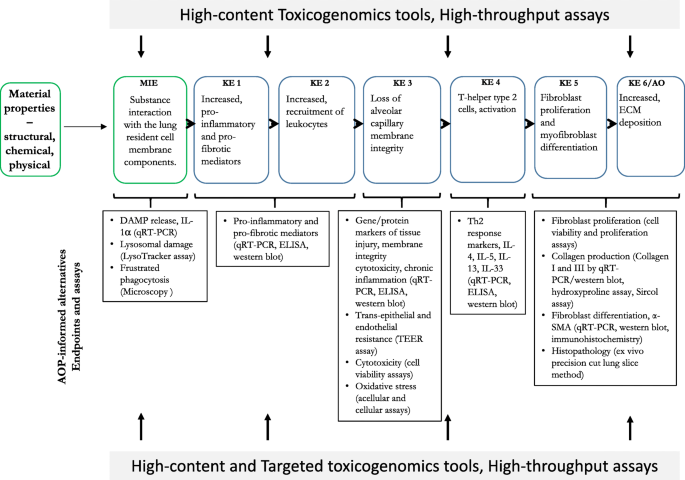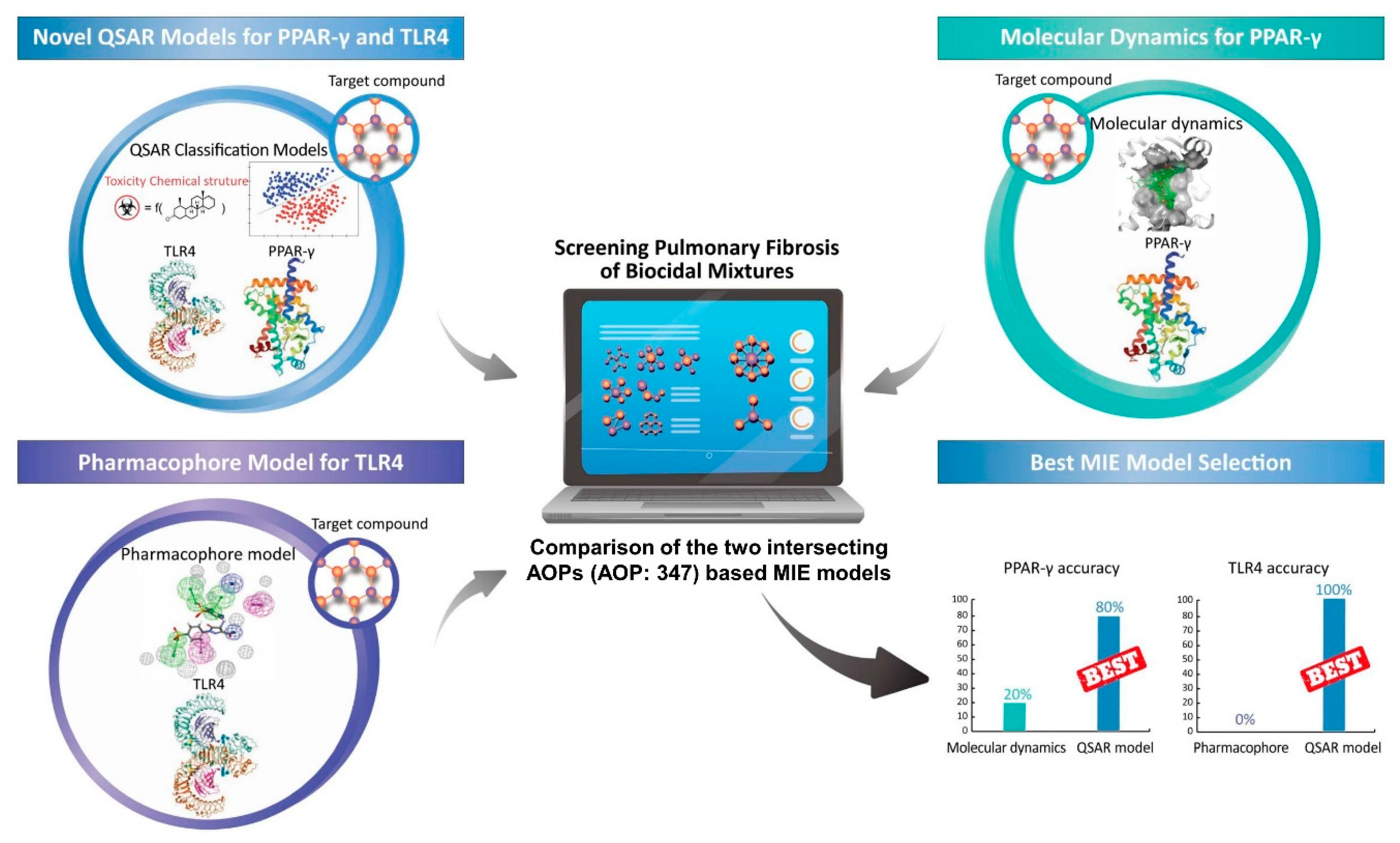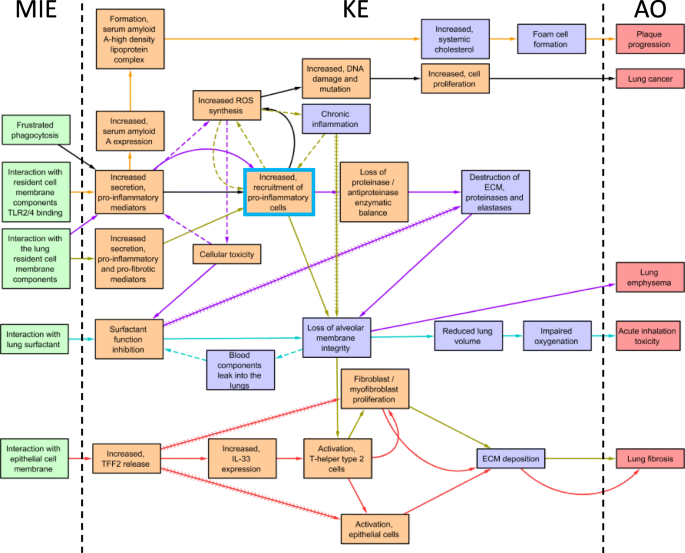Development of Adverse Outcome Pathway for PPARγ Antagonism Leading to Pulmonary Fibrosis and Chemical Selection for Its Validation: ToxCast Database and a Deep Learning Artificial Neural Network Model-Based Approach
Por um escritor misterioso
Descrição

Frontiers From Causal Networks to Adverse Outcome Pathways: A Developmental Neurotoxicity Case Study

High throughput data-based, toxicity pathway-oriented development of a quantitative adverse outcome pathway network linking AHR activation to lung damages - ScienceDirect

Adverse outcome pathways as a tool for the design of testing strategies to support the safety assessment of emerging advanced materials at the nanoscale, Particle and Fibre Toxicology

PPARγ agonists inhibit TGF-β induced pulmonary myofibroblast differentiation and collagen production: implications for therapy of lung fibrosis

Toxics, Free Full-Text

Full article: Collaborative efforts are needed among the scientific community to advance the adverse outcome pathway concept in areas of radiation risk assessment

PDF) Development of Adverse Outcome Pathway for PPARγ Antagonism Leading to Pulmonary Fibrosis and Chemical Selection for Its Validation: ToxCast Database and a Deep Learning Artificial Neural Network Model-Based Approach

AOP-Wiki

8. Adverse Outcome Pathways — ComptoxAI 0.1a documentation

Identification of molecular initiating events (MIE) using chemical database analysis and nuclear receptor activity assays for screening potential inhalation toxicants - ScienceDirect

Adverse outcome pathways as a tool for the design of testing strategies to support the safety assessment of emerging advanced materials at the nanoscale, Particle and Fibre Toxicology

Identification of molecular initiating events (MIE) using chemical database analysis and nuclear receptor activity assays for screening potential inhalation toxicants - ScienceDirect

Adverse outcome pathways as a tool for the design of testing strategies to support the safety assessment of emerging advanced materials at the nanoscale, Particle and Fibre Toxicology

AOP-Based Machine Learning for Toxicity Prediction

High throughput data-based, toxicity pathway-oriented development of a quantitative adverse outcome pathway network linking AHR activation to lung damages - ScienceDirect
de
por adulto (o preço varia de acordo com o tamanho do grupo)







